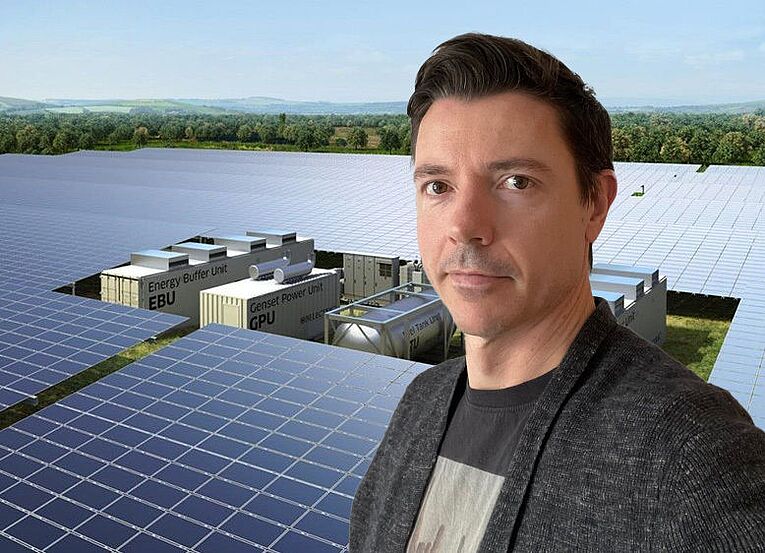Reactive energy, which cannot be converted into mechanical energy, accounts for more than 15% of the electricity consumed by machines. B&R integrates active power supplies with power factor correction (PFC) into its ACOPOSmulti drives, which virtually eliminates the reactive component of the electrical power consumed. In addition, unlike passive variants, they also allow energy to be fed back into the power grid during regenerative braking. As a result, braking resistors no longer need to be installed in order to dissipate excess energy, which leads to more compact machines. B&R has relied on this proven solution for more than 15 years. Just by switching from passive to active power supplies, customers can lower their electricity costs and reduce their carbon footprint.




